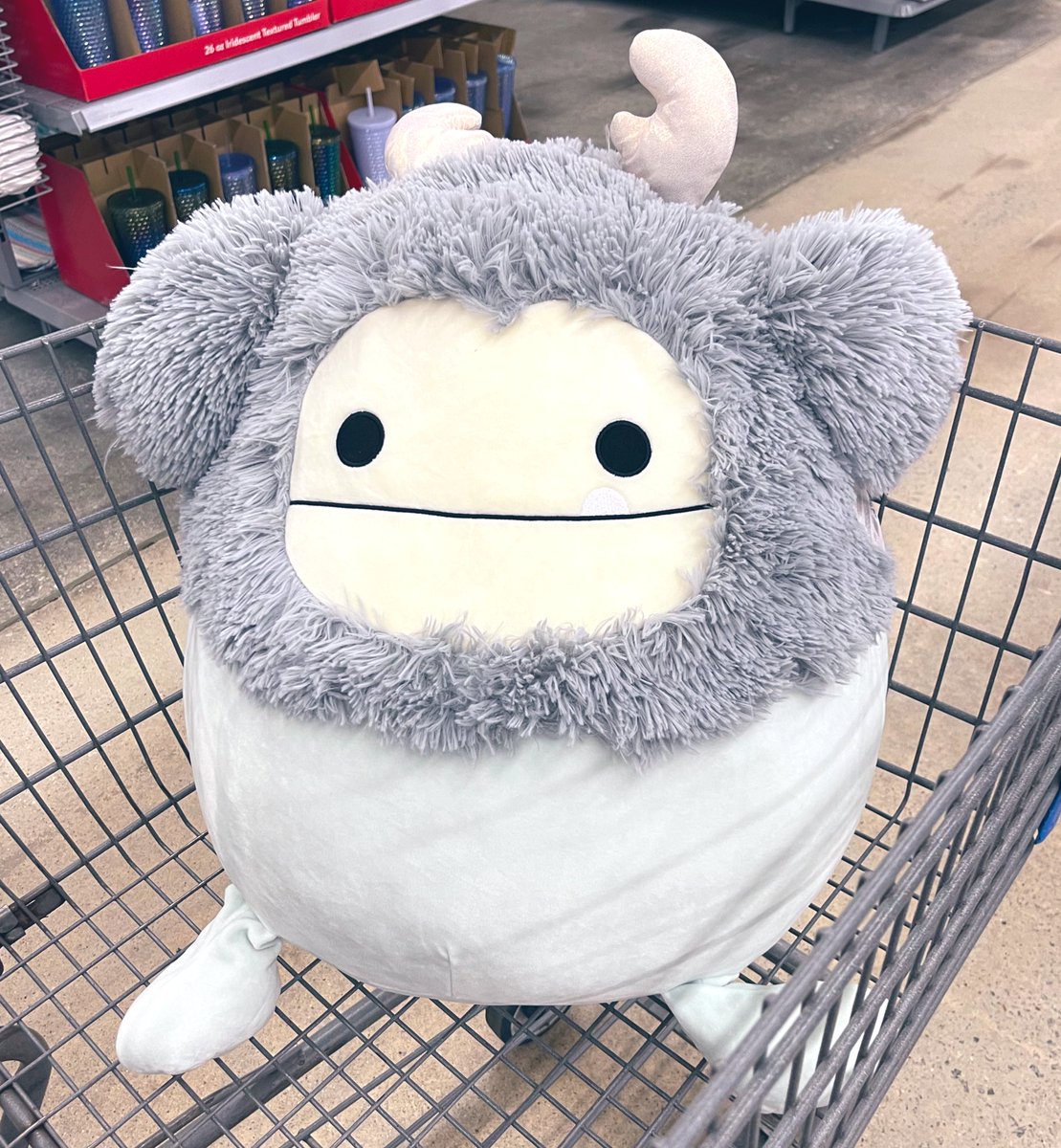Venomous Dolly: Unveiling The Mysteries Of The World’s Deadliest Creatures
When it comes to the most venomous creatures on the planet, few names evoke as much fascination and fear as Venomous Dolly. This enigmatic creature has captured the attention of scientists, wildlife enthusiasts, and nature lovers alike. But what exactly is Venomous Dolly? Is it a mythical creature or a real-life marvel of evolution? In this article, we will delve deep into the world of Venomous Dolly, exploring its origins, characteristics, and the dangers it poses to humans and animals alike.
Venomous Dolly is not just a name; it represents a category of venomous species that have intrigued scientists for decades. From the smallest insects to the largest predators, these creatures possess venom that can paralyze, kill, or even provide medical benefits. Understanding Venomous Dolly is crucial for anyone who wants to appreciate the complexity of nature and the balance it maintains between life and death.
In this article, we will explore the world of Venomous Dolly in detail, uncovering its history, habitat, and the science behind its venom. Whether you're a wildlife enthusiast, a student of biology, or simply someone curious about the wonders of nature, this article will provide you with all the information you need to understand this fascinating creature.
- Anne Hathaway Jeans
- Leila Lambert
- Katy Perry Bangs
- Patti Labelle 80th Birthday Party
- Eureka Cordless Vacuum
Table of Contents
- The History of Venomous Dolly
- Where Does Venomous Dolly Live?
- Key Characteristics of Venomous Dolly
- Understanding Venomous Dolly's Venom
- The Dangers Posed by Venomous Dolly
- Surprising Benefits of Venomous Dolly's Venom
- Conservation Efforts for Venomous Dolly
- Debunking Myths About Venomous Dolly
- Current Research on Venomous Dolly
- Conclusion: Why Venomous Dolly Matters
The History of Venomous Dolly
Venomous Dolly has a rich history that dates back thousands of years. Archaeological evidence suggests that ancient civilizations were aware of the dangers posed by venomous creatures and even revered them in their myths and legends. For instance, the Egyptians believed that venomous snakes were sacred and associated them with divine power.
As scientific knowledge advanced, researchers began to study Venomous Dolly in greater detail. By the 19th century, biologists had identified several species that belonged to this category, each with its own unique venom composition. Today, Venomous Dolly continues to be a subject of fascination for scientists, who are working tirelessly to unlock the secrets of its venom.
Early Discoveries
One of the earliest recorded encounters with Venomous Dolly occurred in the Amazon rainforest, where indigenous tribes warned explorers about the dangers of certain animals. These warnings were often dismissed as superstition, but modern science has since validated many of these claims.
- Koreen Odiney
- Angela Bassett Swimsuit
- Josh Peck Ozempic
- Mens Clinical Strength Deodorant
- Stacey From 90 Day Fiance
Where Does Venomous Dolly Live?
Venomous Dolly is found in a variety of habitats across the globe, from dense rainforests to arid deserts. Each species has adapted to its environment in unique ways, allowing it to thrive in challenging conditions. Understanding the habitat of Venomous Dolly is essential for both conservation efforts and human safety.
Habitat Variations
- Rainforests: Home to many venomous species, including snakes and insects.
- Deserts: Certain species of Venomous Dolly have evolved to survive in extreme heat and arid conditions.
- Oceans: Marine Venomous Dolly, such as certain species of jellyfish, pose a significant threat to swimmers and divers.
Key Characteristics of Venomous Dolly
Venomous Dolly is known for its distinctive characteristics, which make it one of the most fascinating creatures in the animal kingdom. From its physical appearance to its behavior, every aspect of this creature has been shaped by evolution to ensure its survival.
Physical Traits
Venomous Dolly often exhibits vibrant colors and patterns, which serve as a warning to potential predators. These traits are not just for show; they play a crucial role in the creature's ability to defend itself and hunt for prey.
Understanding Venomous Dolly's Venom
The venom of Venomous Dolly is a complex cocktail of chemicals that can have a wide range of effects on its victims. Depending on the species, the venom may cause paralysis, tissue damage, or even death. Scientists are still working to fully understand the composition and effects of this venom.
Types of Venom
- Neurotoxic Venom: Targets the nervous system, causing paralysis.
- Hemotoxic Venom: Damages blood cells and tissues, leading to internal bleeding.
- Cytotoxic Venom: Destroys cells and tissues, often causing severe pain and swelling.
The Dangers Posed by Venomous Dolly
While Venomous Dolly plays an important role in the ecosystem, it also poses significant dangers to humans and animals. Encounters with these creatures can result in severe injuries or even death if not treated promptly. Understanding the risks associated with Venomous Dolly is essential for anyone who spends time in its natural habitat.
Preventing Encounters
To minimize the risk of encountering Venomous Dolly, it is important to take precautions when venturing into its habitat. This includes wearing appropriate clothing, using insect repellents, and staying on designated trails.
Surprising Benefits of Venomous Dolly's Venom
Despite its reputation as a deadly substance, the venom of Venomous Dolly has been found to have several surprising benefits. Researchers are exploring the potential of venom-based treatments for a variety of medical conditions, including cancer, chronic pain, and autoimmune diseases.
Medical Applications
- Pain Management: Certain venom compounds have been shown to effectively block pain signals in the nervous system.
- Cancer Treatment: Some venom components have demonstrated anti-cancer properties in laboratory studies.
- Heart Disease: Venom-derived drugs are being developed to treat cardiovascular conditions.
Conservation Efforts for Venomous Dolly
Many species of Venomous Dolly are currently threatened by habitat loss, climate change, and human activities. Conservation efforts are underway to protect these creatures and ensure their survival for future generations. By supporting these initiatives, we can help preserve the biodiversity of our planet.
Protecting Natural Habitats
One of the most effective ways to conserve Venomous Dolly is to protect its natural habitats. This involves creating protected areas, restoring degraded ecosystems, and promoting sustainable land-use practices.
Debunking Myths About Venomous Dolly
There are many myths and misconceptions surrounding Venomous Dolly, which can lead to unnecessary fear and misunderstanding. By separating fact from fiction, we can gain a better appreciation for these incredible creatures and their role in the natural world.
Common Myths
- Myth: All Venomous Dolly species are deadly to humans.
- Fact: While some species are highly venomous, many pose little or no threat to humans.
Current Research on Venomous Dolly
Scientists around the world are conducting groundbreaking research on Venomous Dolly, seeking to unlock the secrets of its venom and behavior. This research has the potential to revolutionize our understanding of these creatures and lead to new discoveries in medicine and biology.
Recent Discoveries
Recent studies have revealed new insights into the genetic makeup of Venomous Dolly, shedding light on how these creatures have evolved over time. This information could pave the way for new treatments and therapies based on venom-derived compounds.
Conclusion: Why Venomous Dolly Matters
Venomous Dolly is more than just a fascinating creature; it is a vital part of the natural world that deserves our respect and protection. By understanding its history, habitat, and venom, we can appreciate the complexity of this species and the role it plays in maintaining ecological balance.
We encourage you to share this article with others and continue exploring the wonders of nature. If you have any questions or comments, please leave them below. Together, we can work towards a future where Venomous Dolly and other endangered species are protected for generations to come.
Sources:
- Smithsonian Institution
- National Geographic
- World Wildlife Fund
- Sheila Bellush Children Now
- Elisabeth Hasselbeck Bikini
- Woman Bites Flight Attendant
- When Will Wicked Be Able To Rent
- Mercury Square Uranus Astrology

Venomous_dolly Find Venomous_dolly Onlyfans Linktree

venomous_dolly on Twitter "She’s so cute"

venomous_dolly on Twitter "I got this today 3 Geeky_Sex_Toys"